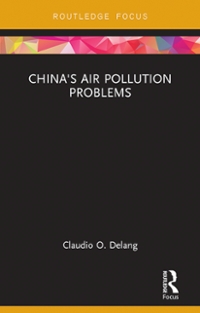Question
Impact of COVID 19 on the Australian economy The outlook for the Australian and global economies is being driven by the COVID-19pandemic. The necessary social
Impact of COVID 19 on the Australian economy
The outlook for the Australian and global economies is being driven by the COVID-19pandemic. The necessary social distancing restrictions and other containment measures that have been in place to control the virus have resulted in a significant contraction in economic activity, but economic conditions will improve as the pandemic is brought under control and containment measures are relaxed.
Global GDP is expected to fall sharply in the first half of 2020. The declines in the March quarter were driven by a contraction in Chinese and euro area activity as well as the rollout of containment measures elsewhere late in the quarter. A further fall in global GDP is expected in the June quarter, with many countries expected to record quarterly declines in GDP.
The Australian economy is expected to record a contraction in GDP of around 10percent over the first half of 2020; total hours worked are expected to decline by around 20percent and the unemployment rate is forecast to rise to around 10percent in the June quarter. Inflation is expected to be negative in the June quarter largely as a result of lower fuel prices and free child care.
Fiscal Policy Responses
Since the onset of the COVID pandemic, the Federal Government has provided $257 billion in direct economic support to cushion the blow and strengthen the recovery. The 2020-21 Budget commits a further $98 billion including, $25 billion in direct COVID-19 response measures and $74 billion in new measures to create jobs, bringing the Government's overall support to $507 billion.
Monetary Policy responses
The Reserve Bank of Australia has reduced the cash rate to 0.10%
Possible Outcome
A plausible baseline scenario is that the various restrictions are progressively relaxed in coming months and are mostly removed by the end of September, except for some restrictions such as international travel. If this occurs, and the spread of the virus in Australia remains limited, GDP growth is likely to turn around in the September quarter and the recovery would strengthen from there. In fact, the GDP decreased by 7.0% in the June quarter and it rebounded in the September quarter by 3.3%.
References
KPMG, Australia Government and institution measures in response to COVID-19, Dec 2020,https://home.kpmg/xx/en/home/insights/2020/04/australia-government-and-institution-measures-in-response-to-covid.html
RBA, Statement on Monetary Policy, May 2020,https://www.rba.gov.au/publications/smp/2020/may/economic-outlook.html
Assessment Tasks:
Answer all 4 questions below:
- According to the data provided in the case study, explain the impact of COVID-19 on the Australian economy. Use ADAS model to assist your explanation. (10 marks)
- Use the ADAS model to describe the monetary responses of the RBA to the pandemic. Is this an expansionary or contractionary monetary policy? What is the main objective of this monetary policy? What are the possible risks you see in this monetary policy? (10 marks)
Step by Step Solution
There are 3 Steps involved in it
Step: 1

Get Instant Access to Expert-Tailored Solutions
See step-by-step solutions with expert insights and AI powered tools for academic success
Step: 2

Step: 3

Ace Your Homework with AI
Get the answers you need in no time with our AI-driven, step-by-step assistance
Get Started


